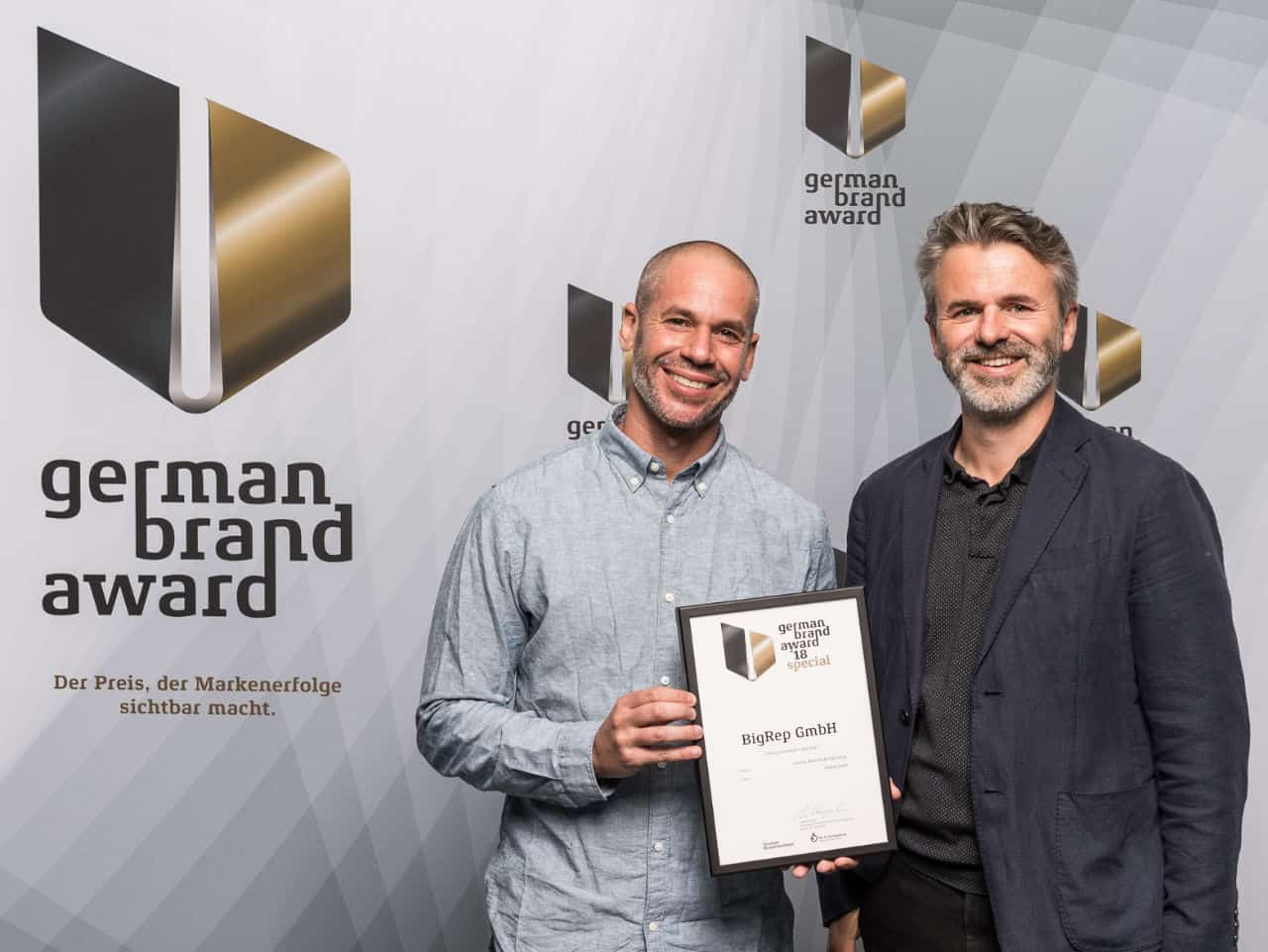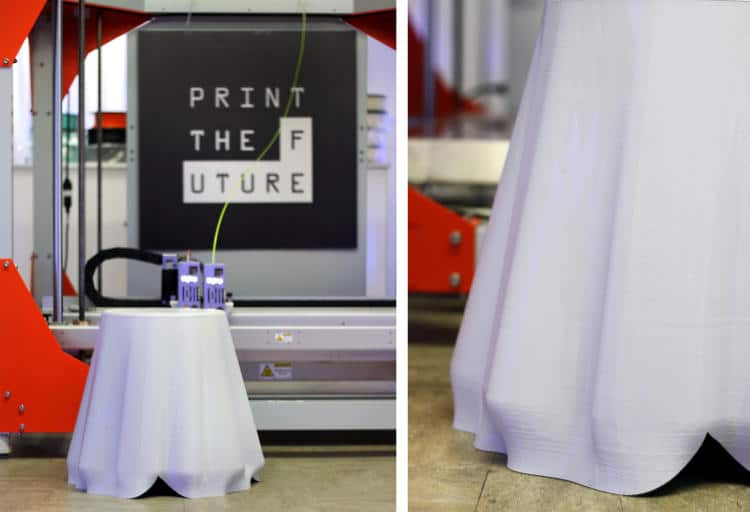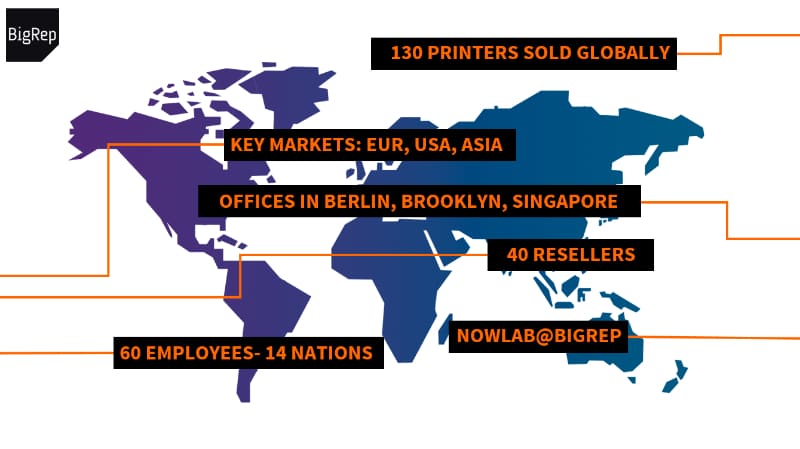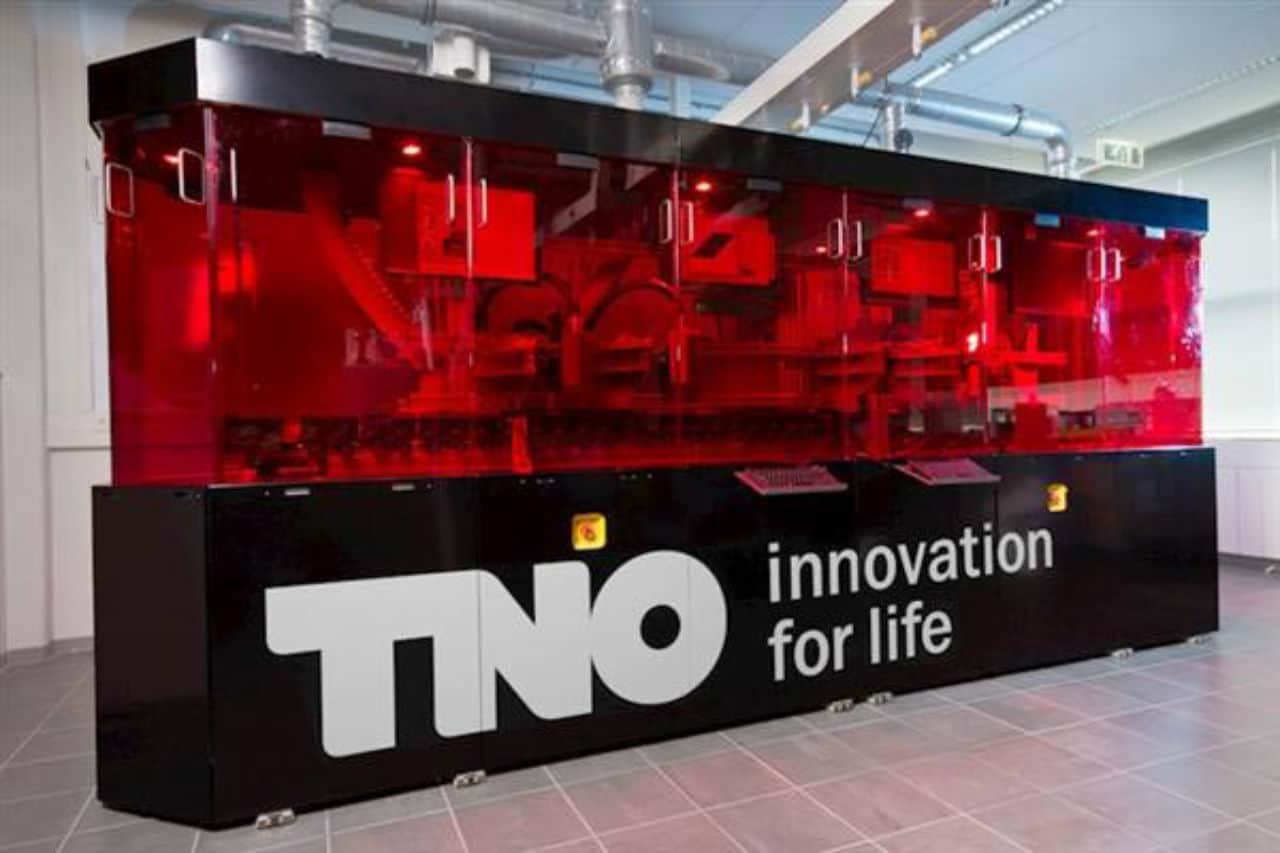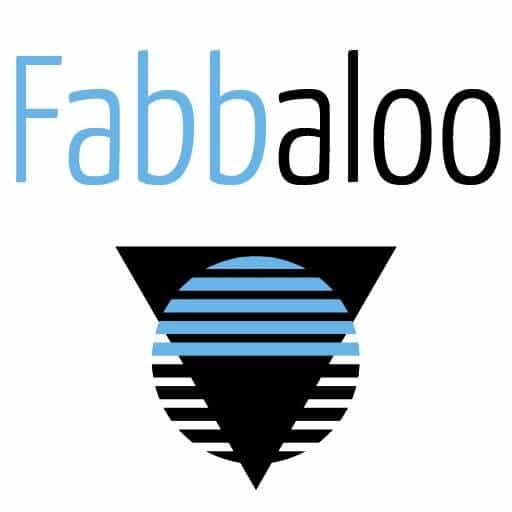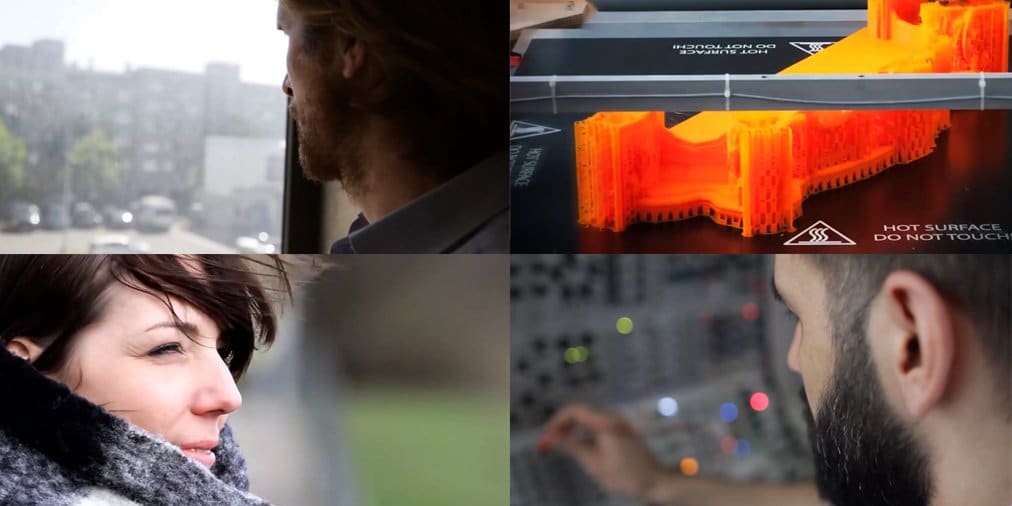Technological developments seem to race by so quickly… But sometimes they become a part of the race. In this case, BigRep technology aided in the creation of a 3D printed car model for a racing car meant to travel at ultimate speeds.
Inspired by vehicles used in the 1950s Bonneville Speedway Salt Flat Races in the United States, German university student Maximilian Thomas designed a race car with clean lines, optimum speed and an aerodynamic shape. His model was ultimately 3D-printed on a 1:4 scale. It may not be full scale, but certainly not a size to be sneezed at – it is 1 m in length by 10-15 cm in height.
“Printing on a big printer is always an advantage, because gluing small [desktop printed] parts together always means deviation and it gets really imprecise,” said Thomas.
Thomas completed the car design and model as part of his Bachelor thesis, the aim of which was to create a reasoned countertrend for autonomous driving, with a matching look. He used a BigRep ONE to print the larger parts of his design that would not have been possible with a desktop 3D printer.
Thomas says that printing with a large-scale 3D printer improves precision and the capacity to include complex details in the print. Compared with other traditional methods of automotive model-making, 3D printing is faster, easier and more cost-efficient – all ideal aspects for companies looking to save costs and resources when prototyping, not to mention university students working on experimental projects.
So, while printing an entire functional vehicle on a 3D printer is not quite ready yet, printing the model for it certainly is! Recommended is to design the file in such a way that large parts, such as the hood of a car, the roof and doors, can be printed in one piece.
Furthermore, there are some easy ways to hide the seams by slicing the CAD file (we explore top tips for that in this video). This can help in the creation of a model with sleek lines, where an awkwardly placed seam could ruin the entire effect. Understandably, this is not what makers want for their aesthetically impressive automotive models!

